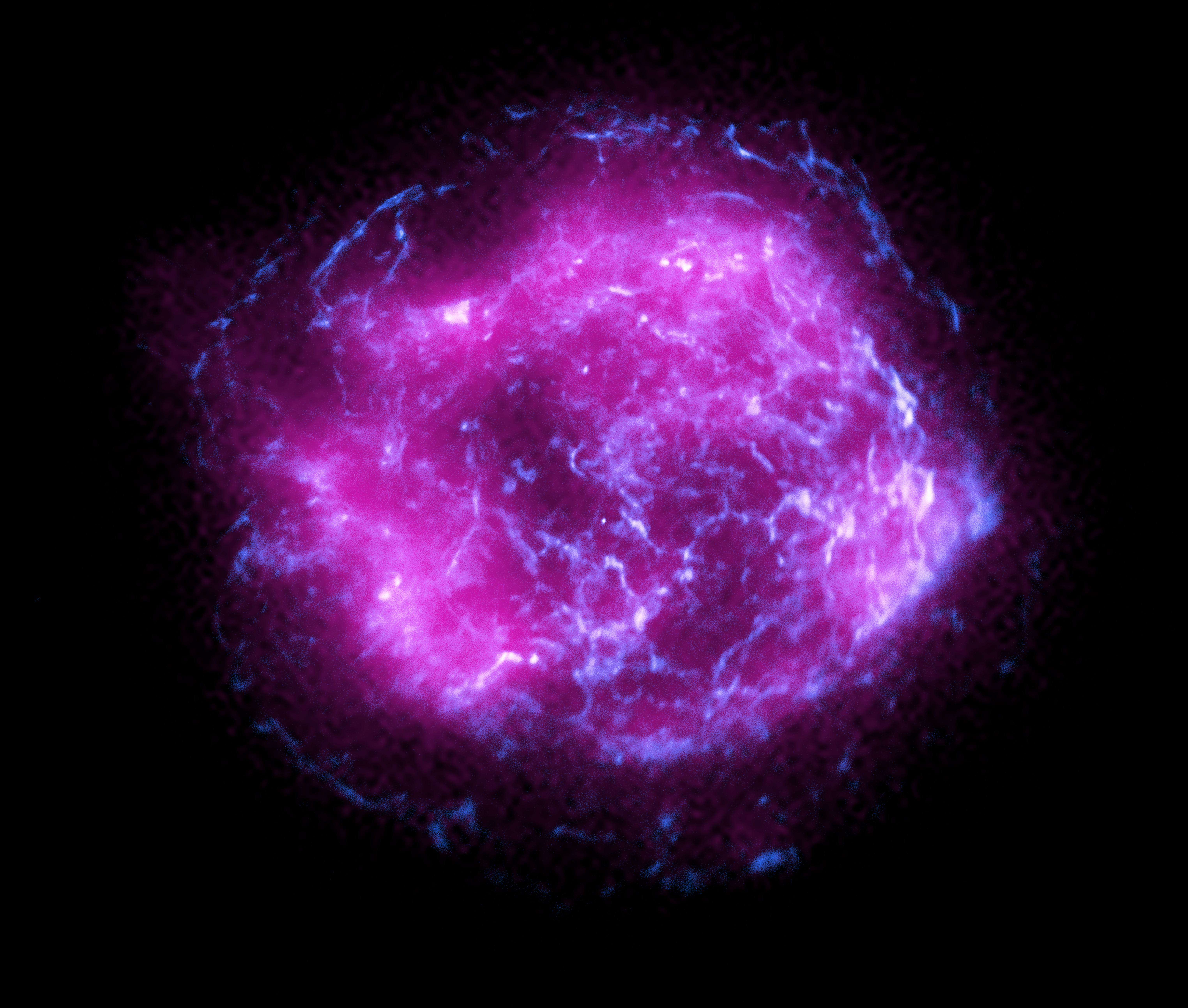Nasa reveals first incredible photo of exploding 400 year-old star from its newly-launched satellite

Your support helps us to tell the story
From reproductive rights to climate change to Big Tech, The Independent is on the ground when the story is developing. Whether it's investigating the financials of Elon Musk's pro-Trump PAC or producing our latest documentary, 'The A Word', which shines a light on the American women fighting for reproductive rights, we know how important it is to parse out the facts from the messaging.
At such a critical moment in US history, we need reporters on the ground. Your donation allows us to keep sending journalists to speak to both sides of the story.
The Independent is trusted by Americans across the entire political spectrum. And unlike many other quality news outlets, we choose not to lock Americans out of our reporting and analysis with paywalls. We believe quality journalism should be available to everyone, paid for by those who can afford it.
Your support makes all the difference.Nasa has revealed the first astounding image from its Imaging X-Ray Polarimetry Explorer that was launched in December.
The IXPE observatory caught Cassiopeia A, the remains of a star that exploded 400 years ago.
The shock waves after the explosion that destroyed the star swept up the gas around it – heating it to enormously high temperatures and causing it to glow in X-ray light.
The rich magenta colours come from the intensity of the light, overlaid over the high-energy X-ray data that makes up the blue background. That section of the image was taken by Nasa’s Chandra X-Ray Observatory, which also suggested that there could be a compact object in the centre of the ball of gas – possibly a black hole or a neutron star.
Scientists will use this observatory to take measurements of polarization, the way in which X-ray light is orientated as it moves through space and which can provide hints as to where it came from.
“The IXPE image of Cassiopeia A is bellissima, and we look forward to analysing the polarimetry data to learn even more about this supernova remnant,” said Paolo Soffitta, the Italian principal investigator for IXPE at the National Institute of Astrophysics (INAF) in Rome.
The amount of polarization varies across 10 light-year diameter of the destroyed star, and further study will reveal new clues about how X-rays are formed there.
“IXPE’s future polarization images should unveil the mechanisms at the heart of this famous cosmic accelerator,” said Roger Romani, an IXPE co-investigator at Stanford University.
“To fill in some of those details, we’ve developed a way to make IXPE’s measurements even more precise using machine learning techniques. We’re looking forward to what we’ll find as we analyse all the data.”
Join our commenting forum
Join thought-provoking conversations, follow other Independent readers and see their replies
Comments